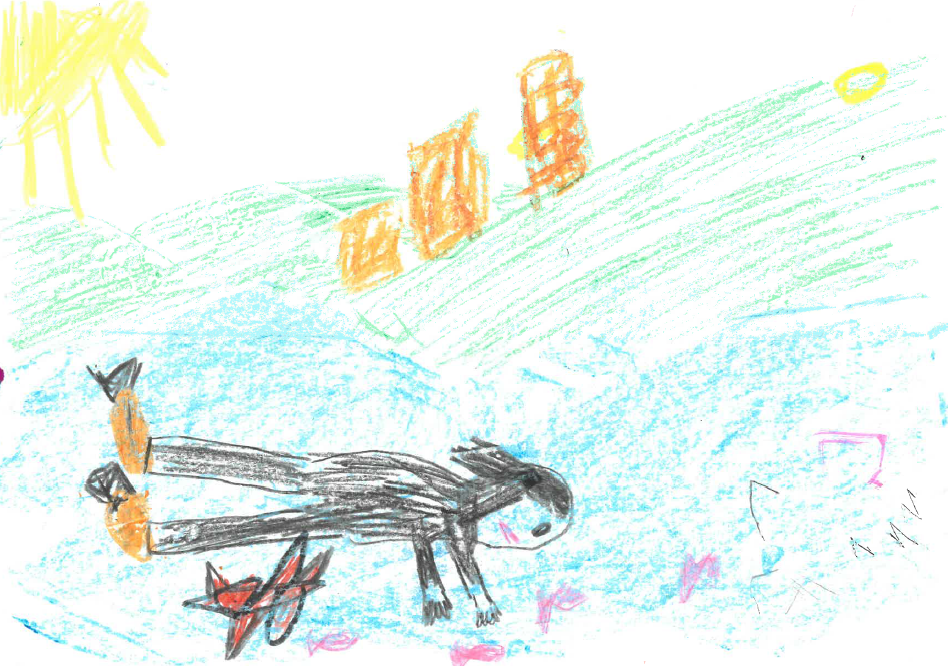By Dr Poppy Watson
A recent study has reported that children are drawing more women than ever when asked to draw a picture of a scientist. In the 1960’s and 1970’s more than 99% of primary-school children in the United States drew a male scientist, often with glasses and a lab coat. This “draw-a-scientist” test has now been repeated thousands of times with children of many different ages and offers a fascinating insight into the development of stereotypes. Happily, particularly among girls, scientists are now depicted as being female–up to an average of 45% in recent years from the initial 1% in earlier decades

The authors, publishing in Research in Child Development performed a large meta-analysis, pooling together all the studies using this draw-a-scientist test that they could find. They examined how various variables (e.g. year of the study, age of the student, gender of the student) influenced the likelihood that a male scientist would be depicted. While the stereotype of male scientist does seem to be reducing over the decades, the authors point out that as children get older they are still more likely to draw a male scientist than a female scientist, with 6 year olds drawing more women than 10 year olds, which was again more than 16 year olds. These age effects were seen time and time again–appearing even in very recent studies where a range of age groups had been sampled.
This ‘draw-a-scientist’ test offers insight into how gendered stereotypes emerge from a very young age. The authors point out that it is not just that children draw men regardless of occupation–in studies where children were asked to draw other professions (e.g., vets or teachers), more pictures of females were drawn. As women become more visible in the sciences, though, this filters down to influence children’s perceptions of what a scientist looks like. It’s exciting that the picture is becoming more diverse.
This type of research shows how important the work of the UNSW Champions is. Highlighting diversity in genders, backgrounds and research contexts is essential when introducing children to science. If children can identify with scientists then they are more likely to think “well I can do that too” and that is why we put ourselves out there. The authors also report that lab coats and glasses are less common in children’s drawings in recent years. Insofar as this ‘nerdy’ stereotype puts youngsters off from pursuing a career in science, it’s great news that a more diverse picture of what we do as scientists is filtering out to the general population. Lots of our Champions’ outreach work is at high schools so hopefully we can also make a difference there and encourage more young women to pursue a future in scientific research. As you can see from the UNSW Champions featured in this blog, the diverse types of scientific research being carried out is truly staggering! Link to the study: https://onlinelibrary.wiley.com/doi/full/10.1111/cdev.13039
Follow Poppy on Twitter (@Pop_Watson)

